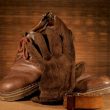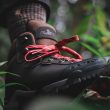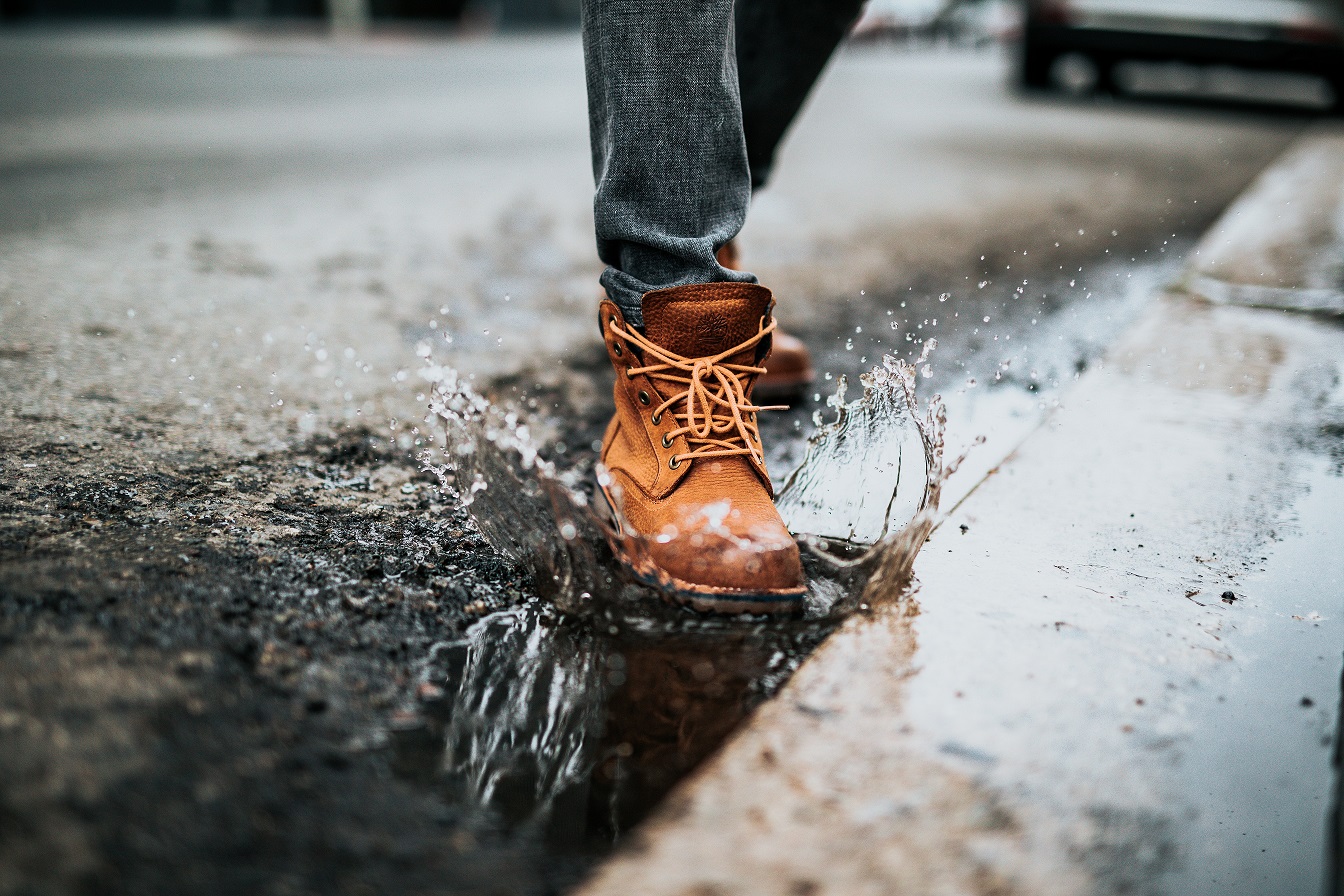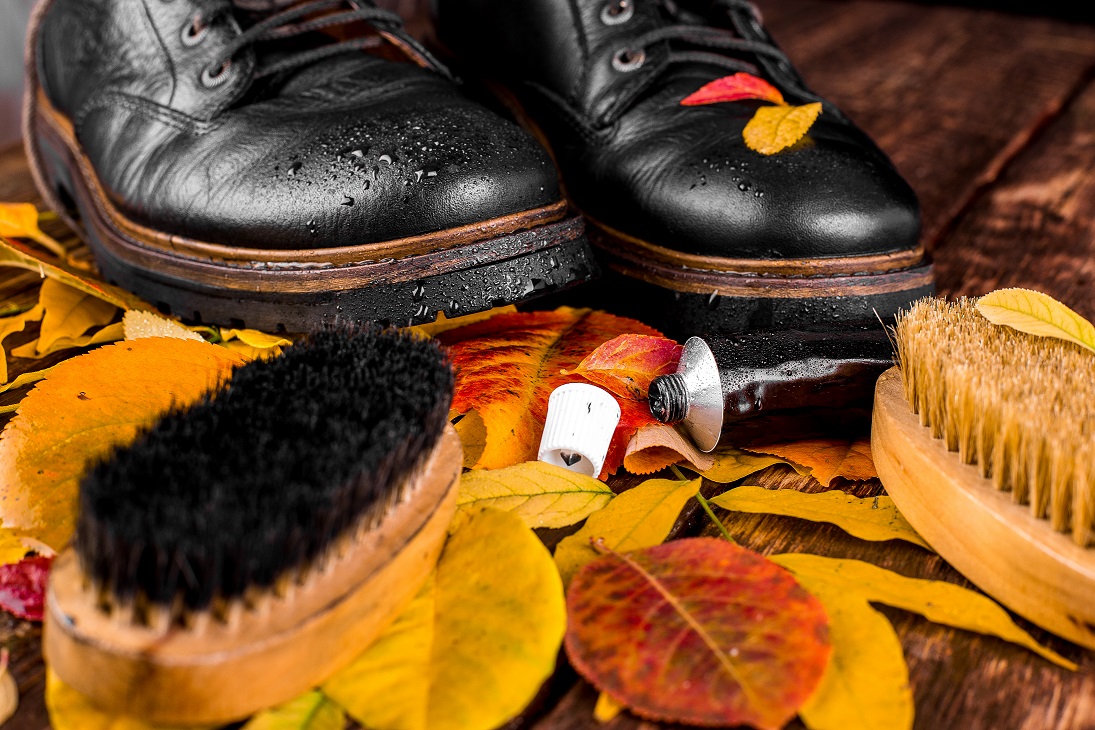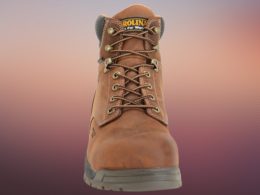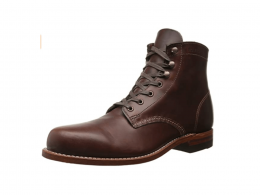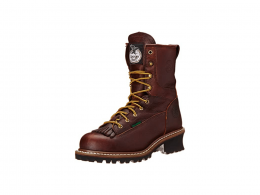Workwear Guru is reader-supported. When you buy through links on our site, we may earn an affiliate commission. Learn more
Non-slip shoes are a must, especially if you don’t want to experience the embarrassment of slipping and falling.
Slips and falls are not just embarrassing; they are pretty dangerous too; in fact, they are the second leading cause of accidental deaths worldwide. It is estimated that 684,000 people die from falls globally, and 37.3 million falls are severe enough to ask for medical help yearly. But, fortunately, you can reduce the risk of slipping and falling if you choose a good pair of non-slip shoes.
Here’s how to tell if shoes are non-slip in-store and online bought.
What Are Slip-Resistant Shoes?
So, what exactly are slip-resistant shoes? Slip-resistant shoes are quite similar to standard shoes, they generally look and feel just like your regular pair of shoes, but they are designed from the inside out to be safer and prevent slipping or falling on wet, slick surfaces.
What makes a shoe non-slip?
A non-slip shoe has some extra design features that help reduce the risk of slipping. One of the most important characteristics is the revealing sole; examine the shape of the shoe sole and make sure that it is flat-edged. This shape of soles entraps the water under your shoe and makes your shoe slip-resistant.
They also have multi-patterned tread that increases friction from every angle and keeps you safer on wet, oily, slippery floors. The treads usually come in the shape of hexagons or circles, and these shapes channel liquid from your shoes to increase contact with the ground and prevent slipping.
Another feature that makes shoes non-slip is the grooves. Grooves offer the wearer better stability, grip, and traction. They come in three different designs: conventional sole, straight groove sole, and 45-degree groove sole.
How Can I Tell If My Shoes Are Slip-Resistant?
Falls were the most frequent cause of injury in 2017, with more than 8.6 million ED visits. So, finding the right pair of non-slip shoes seems like a pretty serious deal, that is, if you don’t want to end up in the emergency room, of course.
Here are some checker points to consider when purchasing a pair of slip-resistant shoes.
Check if slip-resistant is specified
The first obvious thing to do is check the label or the tag to see if slip-resistant is specified. If it is not, the shoes are probably not anti-slip, so search for a pair of shoes with labels mentioning their slip-resistant design. But, don’t let the tags and labels fool you; there is no official standard for anti-slip shoes, so companies often label shoes as slip-resistant even if they do not have any evidence for that. Check for other features that are more trustworthy when choosing your slip-resistant shoes.
Tread Check
This one’s not as simple as the previous method, but it is relatively easy too. You need to look closely for little circles, squiggles, or hexagons underneath the shoe outsole. These shapes will increase friction and grip, reducing the chances of you falling.
The Revealing Soles
Check the shape of the shoe soles and make sure that they are flat-edged. This shape traps the liquid under the shoes, making them slip-resistant and keeping you up on your feet.
The grooves test
Look closely at the grooves of the shoes to make sure they are deep enough so that they can channel water from under your shoes. Grooves help to keep you upright and slide-resistant. If you buy them in-store, then try them on, walk or slide your foot (preferably on a smooth surface) and see if they slip and how much traction and resistance the grooves provide. If it slips when testing, that indicates that the shoes are not slip-resistant, so try different pairs of shoes that offer the grip you need.
Test rubber soles
Find non-slip shoes that have rubber soles; this is important because the rubber soles stick to the floor better than other types of soles. Look for soles that are not too hard and rigid, and if possible, test them on slippery surfaces to see if they are right for you.
Test before purchase
After taking all the steps mentioned above, it is time to test your shoes and see if they are non-slip before purchasing them. Try to find wet floors though that might not always be possible. However, you can find smooth surfaces to walk around in and slide your foot to see how much friction and grip the shoes offer. If you can slide while wearing those shoes, you have a chance of falling in the future.
How To Tell If Shoes Are Slip-Resistant When Shopping Online?
Shopping online for slip-resistant shoes can be challenging because you can’t touch or try them on before purchasing a pair. But, there are some things that you can do when shopping online for slip-resistant shoes, such as zooming the screen, checking the reviews, and checking the guarantee policies.
Zoom the screen
Most online shops provide multiple photos of the product, front, and back. So, zoom in on the image and look at the tread patterns, the shoe shape, the grooves, and the material. If the shoes check the boxes of the abovementioned tips, then they are a perfect fit. Also, most companies allow you to send them back if you don’t like them, just be aware of the return date policies.
Check the reviews
Most products have reviews on the web page of the online store, but sometimes they can be unreliable. So, we would suggest you read reviews from other independent web pages or even ask your friends and relatives for their opinion if they have bought those shoes before. On websites like Amazon, you can find customer reviews that usually explain the product’s features accurately.
Check guarantee policies
It is essential to check and closely investigate the guarantee policies when you purchase a product online to know about the money-back and return policies. In most cases, you can send the shoes back if you don’t like them and get your money back, or if you do like your shoes, the company will repair any damage that occurs in your shoes for a limited time.
Why Is It Crucial To Wear Non-Slip Shoes At Work?
While some jobs may be generally safe, many are pretty dangerous. According to the Bureau of Labor Statistics, as of 2019, falls, slips and trips were the number one cause of work-related fatalities. The Occupational Safety and Health Administration, or OSHA, requires the employees to wear slip-resistant shoes if they work in a place where there may be grease, water, oil, or other liquids on the floor to reduce the possibility of slipping and falling when working.
The most dangerous jobs for slipping or falling are restaurant workers, roofing contractors, residential and commercial cleaners, food processing factory workers, etc. If you work in such hazardous environments, you must protect yourself from falling by wearing non-slip shoes at work.
Your safety is of utmost importance, so before buying a new pair of non-slip shoes, you must do your research correctly because the consequences of ending up with the wrong pair of shoes are serious.
But, keep in mind that although non-slip shoes reduce the risk of falling, it is not guaranteed that you will not slip or fall.
So, be careful and watch your step.



